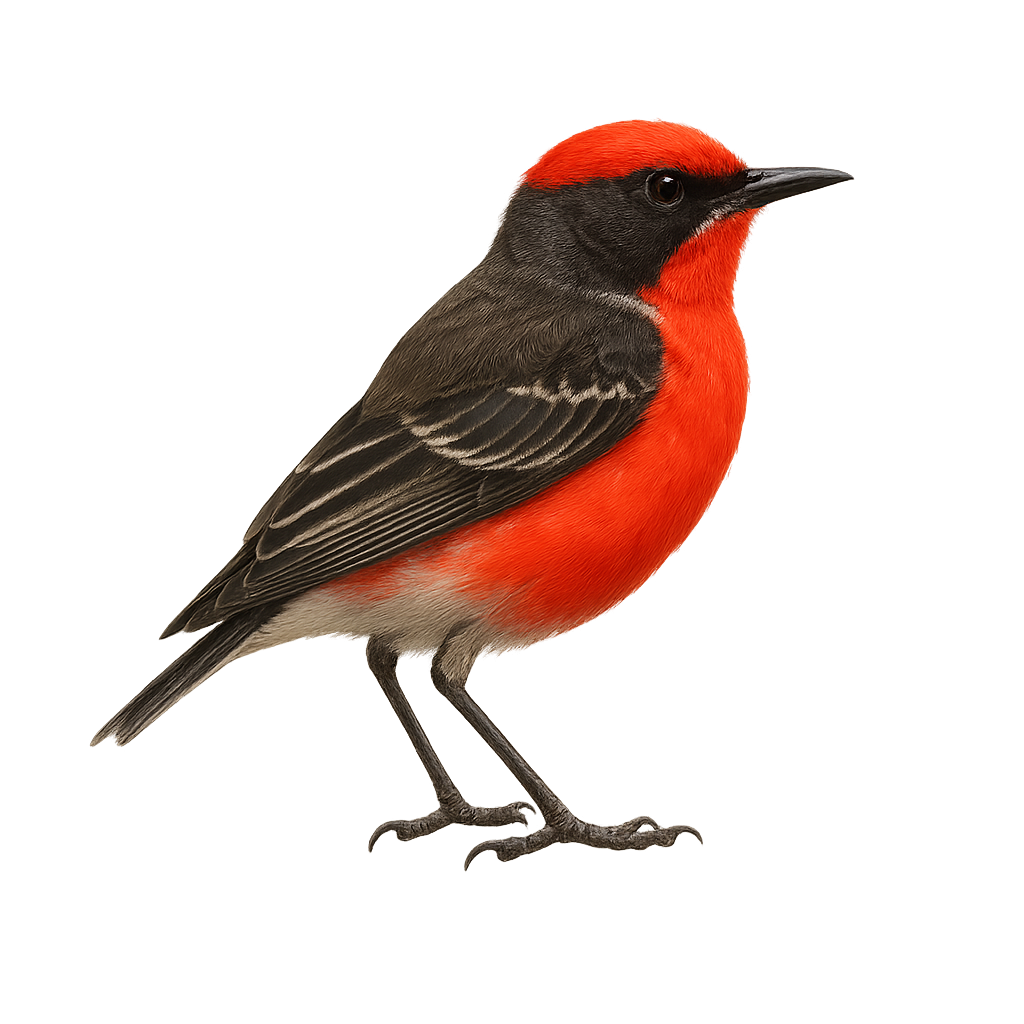Your wildlife photography guide.
Explore the crimson chat in detail, study its behavior, prepare your shots.
Where to observe and photograph the crimson chat in the wild
Learn where and when to spot the crimson chat in the wild, how to identify the species based on distinctive features, and what natural environments it inhabits. The WildlifePhotographer app offers tailored photography tips that reflect the crimson chat’s behavior, helping you capture better wildlife images. Explore the full species profile for key information including description, habitat, active periods, and approach techniques.
Crimson Chat
Scientific name: Epthianura tricolor

IUCN Status: Least Concern
Family: MELIPHAGIDAE
Group: Birds
Sensitivity to human approach: Suspicious
Minimum approach distance: 10 m
Courtship display: August to November
Incubation: 13-15 jours
Hatchings: August to December
Habitat:
arid regions, semi-arid regions, shrubs, grasslands
Activity period :
Primarily active during the day, with peak activity in the morning and late afternoon.
Identification and description:
The Crimson Chat is a small bird primarily found in Australia, easily identifiable by its striking plumage of red, black, and white hues. Males display a vivid red on their chest and forehead, while females are duller, with brownish tones. This bird is often seen in arid and semi-arid regions, feeding mainly on insects and nectar. Known for its adaptability to harsh environments, the Crimson Chat is a resilient species. It typically builds its nest in low shrubs, using materials like twigs and grasses.
Recommended lens:
400 mm – adjust based on distance, desired framing (portrait or habitat), and approach conditions.
Photography tips:
To photograph the Crimson Chat, it is advisable to use a 400mm lens or longer to capture the intricate details of its colorful plumage. Since this bird is often found in arid regions, it's best to shoot early in the morning or late in the afternoon to take advantage of soft lighting. Approach slowly and quietly to avoid startling it, and use a tripod to stabilize your camera. Be patient and wait for the bird to perch on a shrub or branch to get the best angle.
The WildlifePhotographer App is coming soon!
Be the first to explore the best nature spots, track rutting seasons, log your observations, and observe more wildlife.
Already 1 430 wildlife lovers subscribed worldwide

